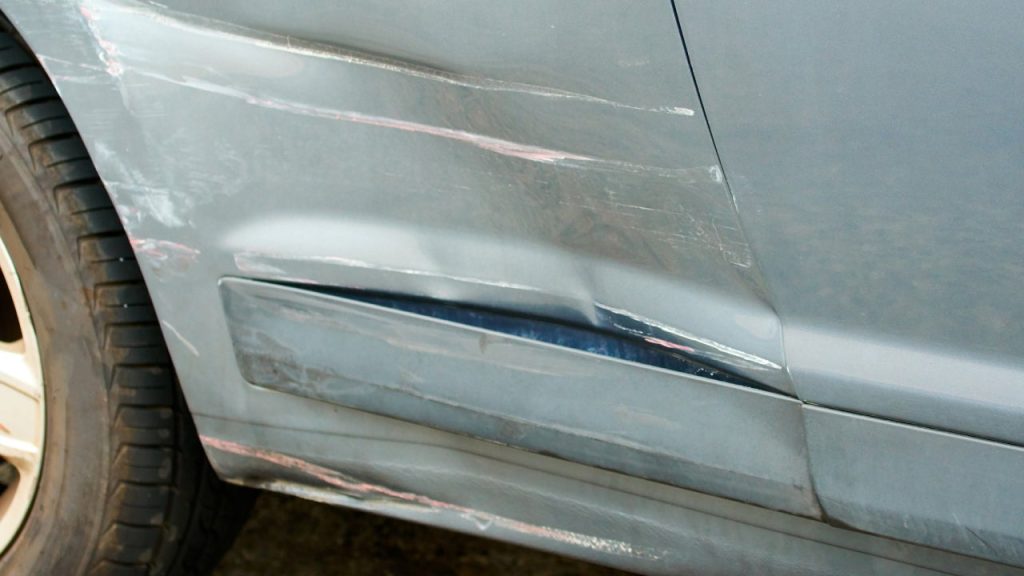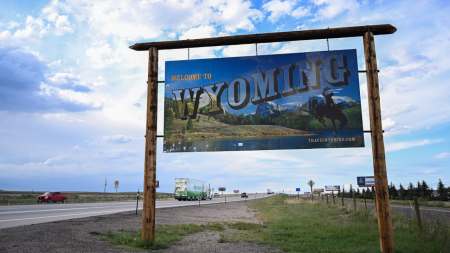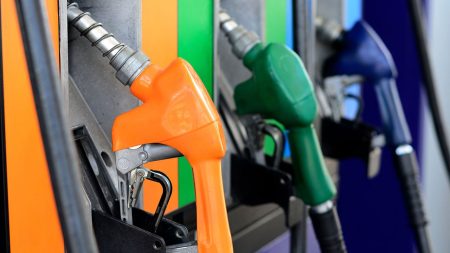Being the victim of a hit-and-run can be an unpredictable and stressful experience, but Virginia is taking steps to minimize these incidents. The state recently enacted a new law mandating that all drivers carry insurance, eliminating the previous option to forgo coverage by paying a fee. This change aims to reduce the number of uninsured drivers on the road, which, in turn, is expected to decrease the incidence of hit-and-run accidents, as drivers should be less likely to panic and flee the scene due to not having insurance. Even so, knowing what coverage types and levels to include on your insurance policy and what procedures to follow after a hit-and-run in Virginia might help ensure your insurance claim gets approved.
Hit-and-runs in Virginia
By definition, a hit-and-run accident is where the at-fault party flees the scene of the accident. This can apply to fleeing an accident from a moving collision or even hitting a parked car. In 2022, there were over 122,000 car accidents in Virginia. Among these, 5,517, or 2.5 percent of the total, were ruled as hit-and-runs.
Virginia hit-and-run laws
Virginia hit-and-run laws dictate that any driver involved in an accident where an injury or property damage (including to a vehicle) must stop. Not stopping results in serious penalties, including being charged with a misdemeanor if the damage to the property is less than $1,000. If the accident has a serious injury, death or property damage greater than $1,000, it is classified as a Class 5 felony. A Class 5 felony results in jail time for up to one year and a $2,500 maximum fine, or both.
How hit-and-runs impact car insurance rates in Virginia
Hit-and-runs impact all parties involved in the accident, regardless of whether you were a victim or the person charged. If you received a hit-and-run charge in Virginia, the consequences can be more serious. However, car insurance premiums will most likely increase for both the victim and the at-fault driver.
As the victim of a hit-and-run, you would still likely need to file a claim, depending on the severity of the damage. Filing a claim is likely to make your car insurance rates increase for a while, though how much depends on the size of the claim.
On the other hand, the at-fault driver, if caught, would be charged with a hit-and-run, which is considered a misdemeanor or a felony, depending on the damages incurred. You might also be classed as a high-risk driver if you are convicted of a hit-and-run, which will raise your car insurance rates substantially. Additionally, you may be required to file an SR-22 certificate with the state as proof of insurance if your current policy is canceled after your conviction for a hit-and-run accident in Virginia.
4 steps to take after a hit-and-run accident in Virginia
There are several critical steps to remember immediately following a hit-and-run accident. While this is a stressful experience, staying focused on the next steps will help you navigate a difficult situation.
- Call for medical help immediately if there are injuries. Your safety and that of your passengers should be your first priority. Even if you are not in pain, you may want to consider calling a medical professional if there are even minor injuries.
- Call the police. Getting the police involved is generally advisable so you have a documented record of what happened, especially if your car was hit when you weren’t around to witness it. The police can interview witnesses and document important evidence of what happened, which will also prove helpful if you file an insurance claim.
- Take your own photos and gather any evidence. Taking photos of your vehicle and the surrounding area right after the damage occurred can be very helpful after you file a car insurance claim, or even for a potential criminal trial for the person who hit your vehicle. If you do not have your phone, writing down a detailed description of any damage, time of day, weather and road conditions, could also be helpful. If there are witnesses, ask for their contact information (or ensure the police do).
- File an insurance claim. Filing an insurance claim right away is the best course of action if you are going to file one. Your insurance agent can walk you through the process and review your coverage so you can understand what’s next.
Will insurance cover a hit-and-run?
As of July 1, 2024, Virginia car insurance laws no longer allow drivers to opt out of purchasing car insurance by paying a $500 annual fee. Under the new law, all Virginia drivers must carry an insurance policy with at least $30,000 bodily injury liability per person, $60,000 bodily injury liability per accident and $20,000 property damage liability. Once the calendar turns to 2025, these limits will be increased to 50/100/25 for the respective coverage types.
Now, a state-minimum policy with liability car insurance likely won’t do you any good in a hit-and-run since you’ll be unable to seek compensation from the at-fault driver’s insurance provider — unless, of course, they are identified in the police investigation. However, if they aren’t identified, uninsured motorist (UM) coverage could be your backup plan. This optional coverage can cover repair expenses and medical costs stemming from an accident with an uninsured driver. The new law also enables Virginia drivers to receive more compensation from UM coverage than before, so it’s certainly worth consulting with your insurance agent about including it in your policy.
Additionally, if you choose to carry collision coverage, it could help cover damage to your vehicle as a result of the hit-and-run. Collision coverage helps cover costs for repairs, or possible replacement, to a damaged vehicle after a covered loss.
Frequently asked questions
Read the full article here










